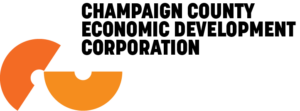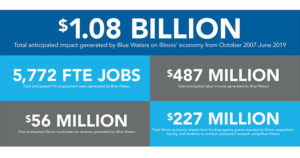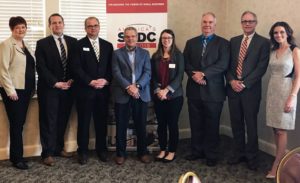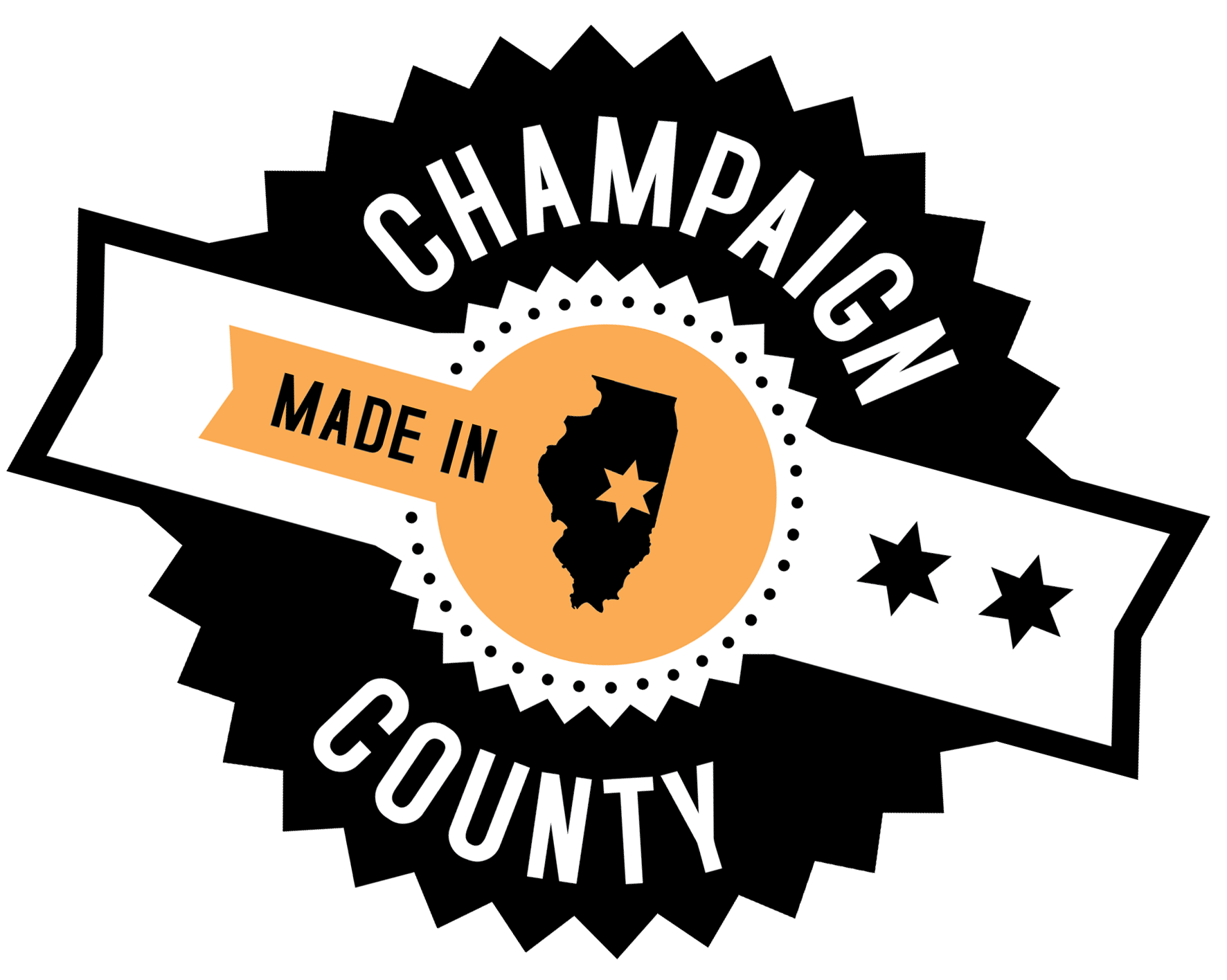We were thrilled to celebrate the grand opening of Syngenta‘s new Digital Innovation Lab at University of Illinois Research Park today! 
The Syngenta Digital Innovation Lab in Champaign serves as an incubator for new ideas that address the goal of feeding the world’s burgeoning population. They are part of an ecosystem of digital innovation labs developing tools and technologies for Syngenta’s worldwide agricultural operations. In this collaborative and dynamic environment, they encourage “out-of-the-box” solutions that challenge the status quo.
From the press release:
Syngenta Establishes Digital Innovation Lab at University of Illinois
Center at University Research Park and a new partnership with the National Center for Supercomputing Applications will innovate grower solutions in North America
Champaign, IL— February 23, 2017 — Syngenta today announced it has established a Digital Innovation Lab at the University of Illinois Research Park where it will employ four full-time employees as well as University of Illinois at Urbana-Champaign student talent to help solve agricultural challenges.
Projects at the Digital Innovation Lab will employ “outside the box” thinking with access to tools, technologies, partnerships and resources that enable the research, investigation and delivery of new and novel solutions for seeds product development using data analytics.
“Innovation in agriculture is the lifeblood of the work we do at Syngenta. Our goal is to bring new talent to solve difficult challenges, with a focus on seed innovation at the Research Park,” said Bill Danker, Syngenta Domain Head, Seeds Research and Breeding.
The center will focus on digital data innovation and strategy, providing Syngenta with agile capabilities to enable the company to accelerate the pace of its digital journey. It will foster new ways to gain insights and make decisions from the company’s data assets. The center will develop capabilities in breeding engineering, digital agriculture, information technology, application development and big data.
In conjuction with the opening of the new office, Syngenta has an industry partnership with the National Center for Supercomputing Applications (NCSA) at the University of Illinois at Urbana- Champaign. This partnership enables Syngenta to leverage the NCSA’s unique expertise in high-performance modeling, simulation and big data to gain a competitive edge.
“The opening of the Syngenta Innovation Center at Research Park is a welcome new addition that continues to strengthen the relationship between Syngenta and the University of Illinois at Urbana-Champaign,” said Chancellor Robert J. Jones. “The opportunity for our students to be active participants in finding the solutions to increasingly complex societal challenges brought about by an expanding global population adds enormous value to their educational experience. The new center really capitalizes on the internationally recognized expertise in High Performance Computing (HPC), data sciences, and agriculture science at Illinois in ways to enhance Syngenta’s drive for innovation.”
The new Research Park operation is located on campus to better connect industry with researchers and students. The center will start with a full-time site director, recruit professionaltaff, and employ students, who
will work on developing projects using technologies such as smart farming, mobile applications, cloud services, and big data.
“Digital innovation and integrating our data for greater insight is becoming a critical part of how we invent and bring new products to market, and support them in the market. This new capability will add creativity to the way we approach digital innovation,” said John Ormrod, Syngenta Head IS Global R&D.
Student hiring is underway with the goal to be fully operational by the summer.
About Syngenta
Syngenta is a leading agriculture company helping to improve global food security by enabling millions of farmers to make better use of available resources. Through world class science and innovative crop solutions, our 28,000 people in over 90 countries are working to transform how crops are grown. We are committed to rescuing land from degradation, enhancing biodiversity and revitalizing rural communities. To learn more visit www.syngenta.com and www.goodgrowthplan.com. Follow us on Twitter® at www.twitter.com/Syngenta.
About the University of Illinois
The University of Illinois is a world leader in research, teaching and discovery. Distinguished by the breadth of its programs, broad academic excellence, and internationally renowned faculty, the University of Illinois has a commitment of excellence in teaching, research, public service and economic development. The University of Illinois at Urbana-Champaign serves the state, the nation, and the world by creating knowledge, preparing students for lives of impact, and addressing critical societal needs through the transfer and application of knowledge.
About the Research Park at the University of Illinois
The Research Park at the University of Illinois at Urbana-Champaign is a technology hub for startup companies and corporate research and development operations. Within the Research Park there are more than 100 companies employing students and full-time technology professionals. More information at researchpark.illinois.edu.
About the National Center for Supercomputing Applications
The National Center for Supercomputing Applications (NCSA) provides computing, data, networking, and visualization resources and expertise that help scientists and engineers across the country better understand and improve our world. NCSA is an interdisciplinary hub and is engaged in research and education collaborations with colleagues and students across the campus of the University of Illinois at Urbana-Champaign. For more information, see www.ncsa.illinois.edu.
View photos from the grand opening event here.
Press:
Syngenta to open lab at UI Research Park, The News-Gazette
Ag business helps fill Research Park, WCIA 3 News
One of the Largest Agriculture Companies Comes to U of I, Fox Illinois 55/27
U Illinois Urbana-Champaign ‘Cultivates’ Research With AgTech Industry, Campus Technology



 DECATUR, IL, April 19, 2017 – Businesses in the Decatur area now have local access to the most comprehensive small business assistance network in the United States. Officials from the
DECATUR, IL, April 19, 2017 – Businesses in the Decatur area now have local access to the most comprehensive small business assistance network in the United States. Officials from the 
